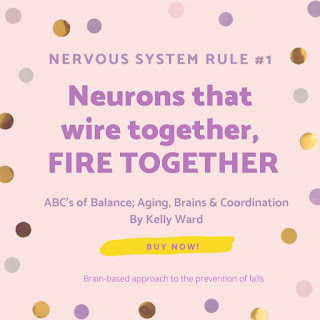As The Fall Prevention Lady, I have been actively involved in promoting awareness of fall risk factors, offering balance assessments and educating older adults how to prevent falls for over fifteen years. I remember when "Fall Prevention Day" was first recognized and celebrated on the first day of fall or September 23rd.
Every year since 2008, the third week of September was 'my time to shine'; as a fall prevention educator and balance specialist called 'The Fall Prevention Lady", I was busy giving free educational workshops and organizing and implementing community balance assessments to older adults. I was one of the original Sacramento Fall Prevention Coalition founding members and with the Area 4 Agency on Aging and Kaiser Permamente, we offered the first community-based fall prevention events.
For the most part, COVID-19 killed community-based fall prevention outreach and I am sad. I am sad that I did not get to meet hundreds of older adults who are concerned about falling down. I am sad that these older adults are stuck in their homes, afraid to go out, not allowed to congregate with their peers; thus at increased risk of falling.
It takes a community to prevent falls. Unfortunately when the community is no longer able to get together and communicate, the risk of falling increases. I am saddened that I was not able to offer free workshops and balance assessments to older adults in my community. I miss the opportunity to meet people who want the education and skills that I have to improve balance and live independently.
No one knew this was going to happen; in fact, in preparation for fall prevention awareness 2020, I wrote a book, "ABCs to Balance; Aging, Brains and Coordination" to complement my introductory workshops and I fine-tuned my "Brains and Balance" mobility classes for people of all ages and abilities.
In celebration of Fall Prevention Awareness week past, I would like to offer my new book at a 20% discount. Click here to get order my book.







